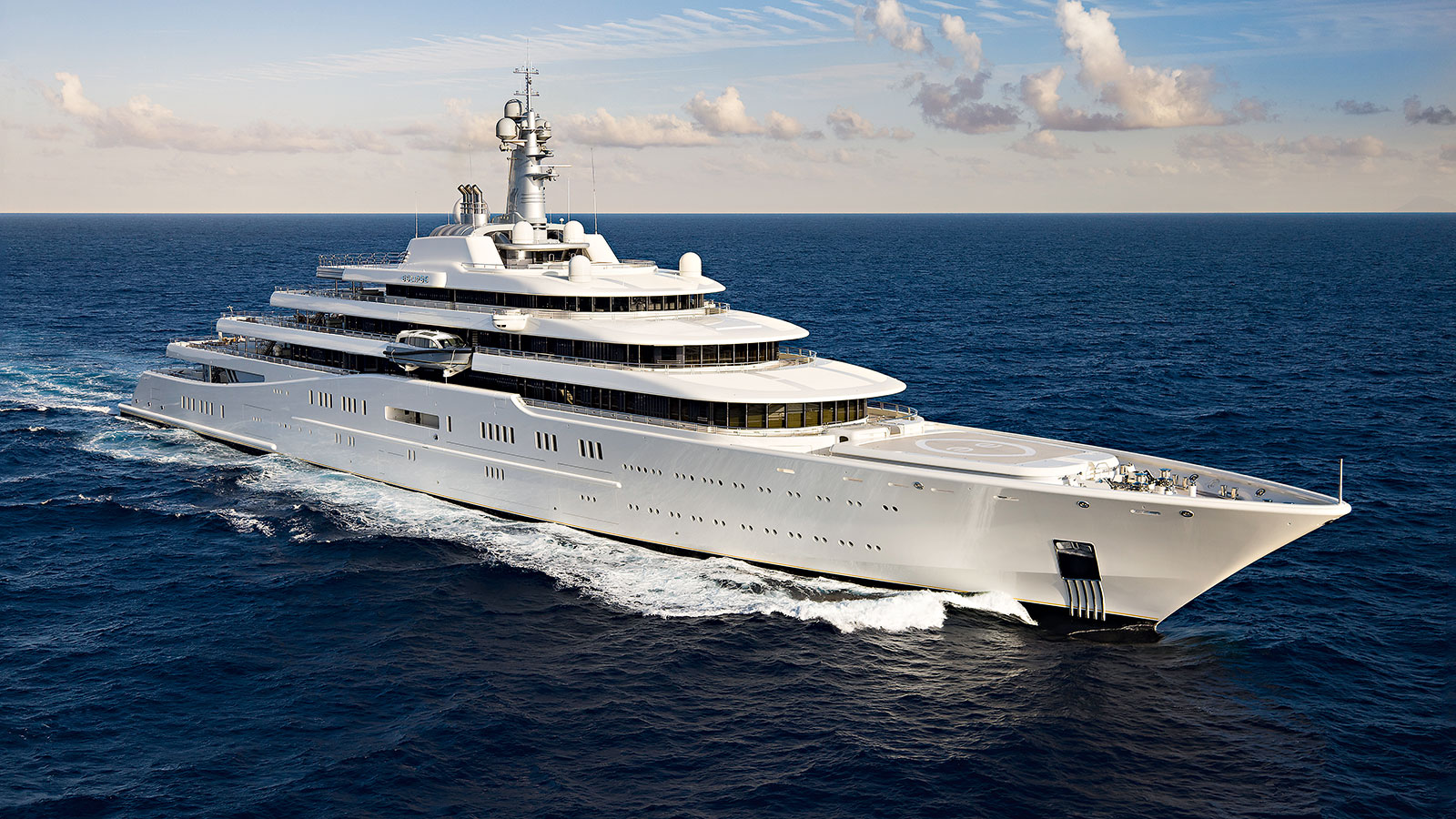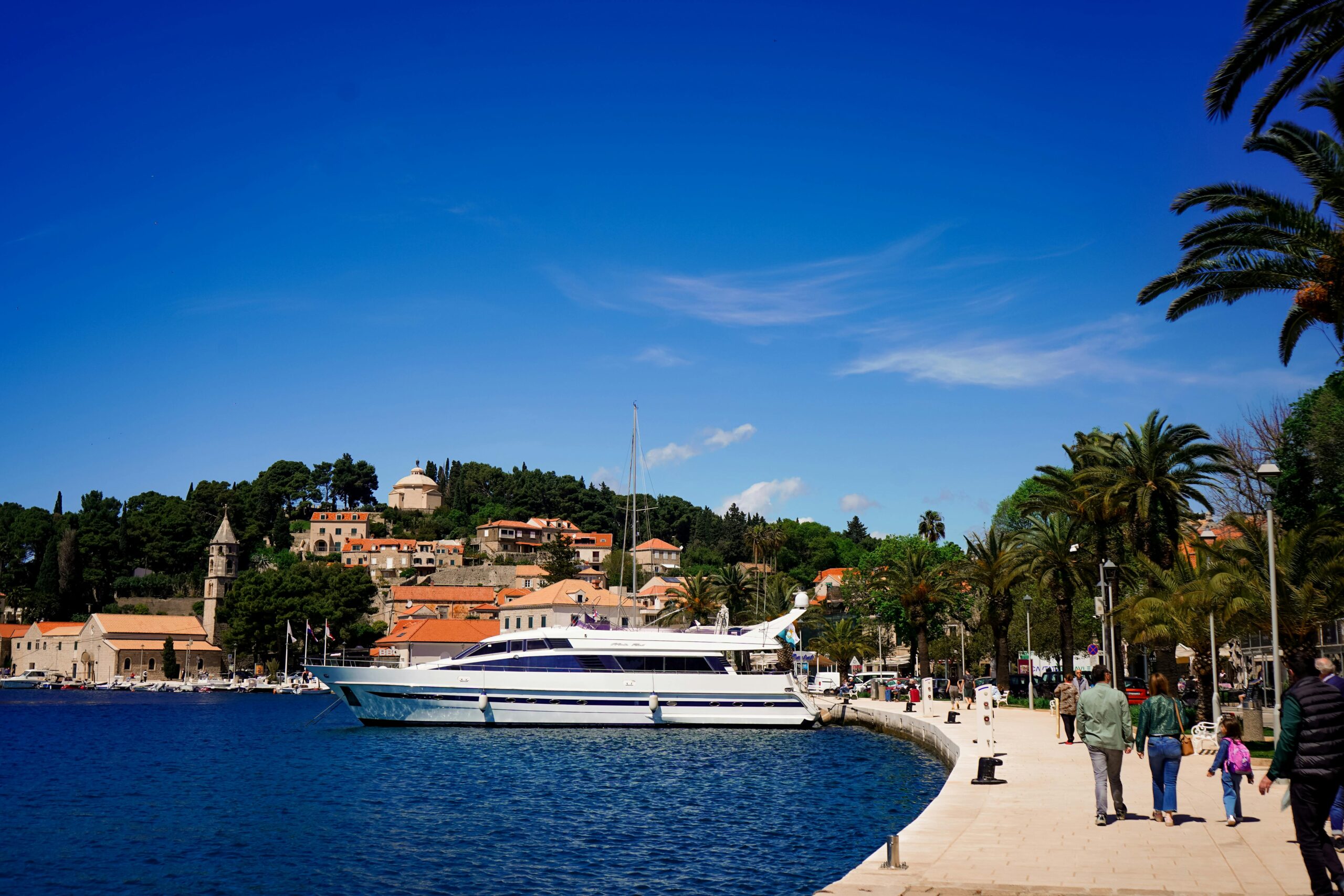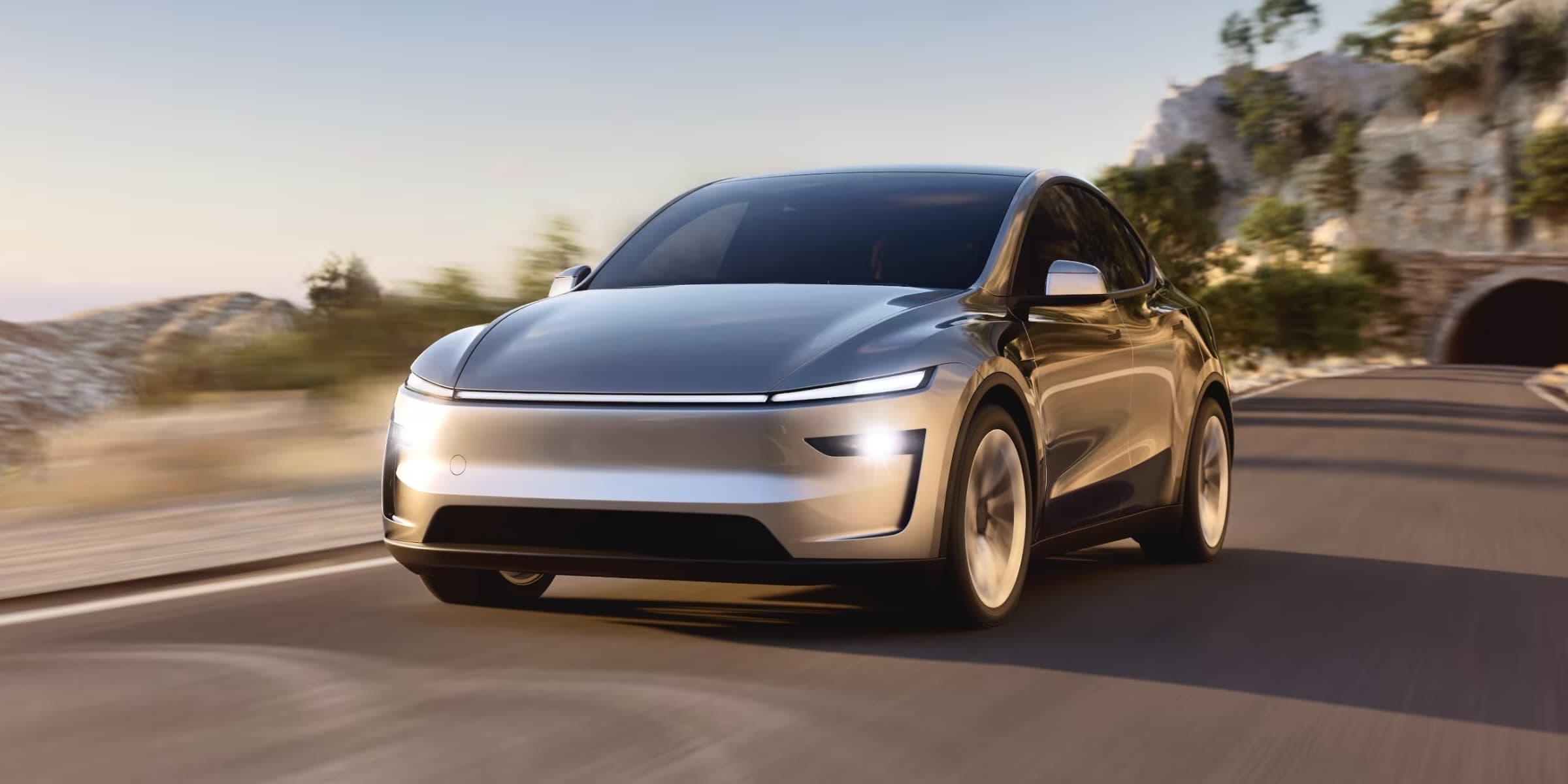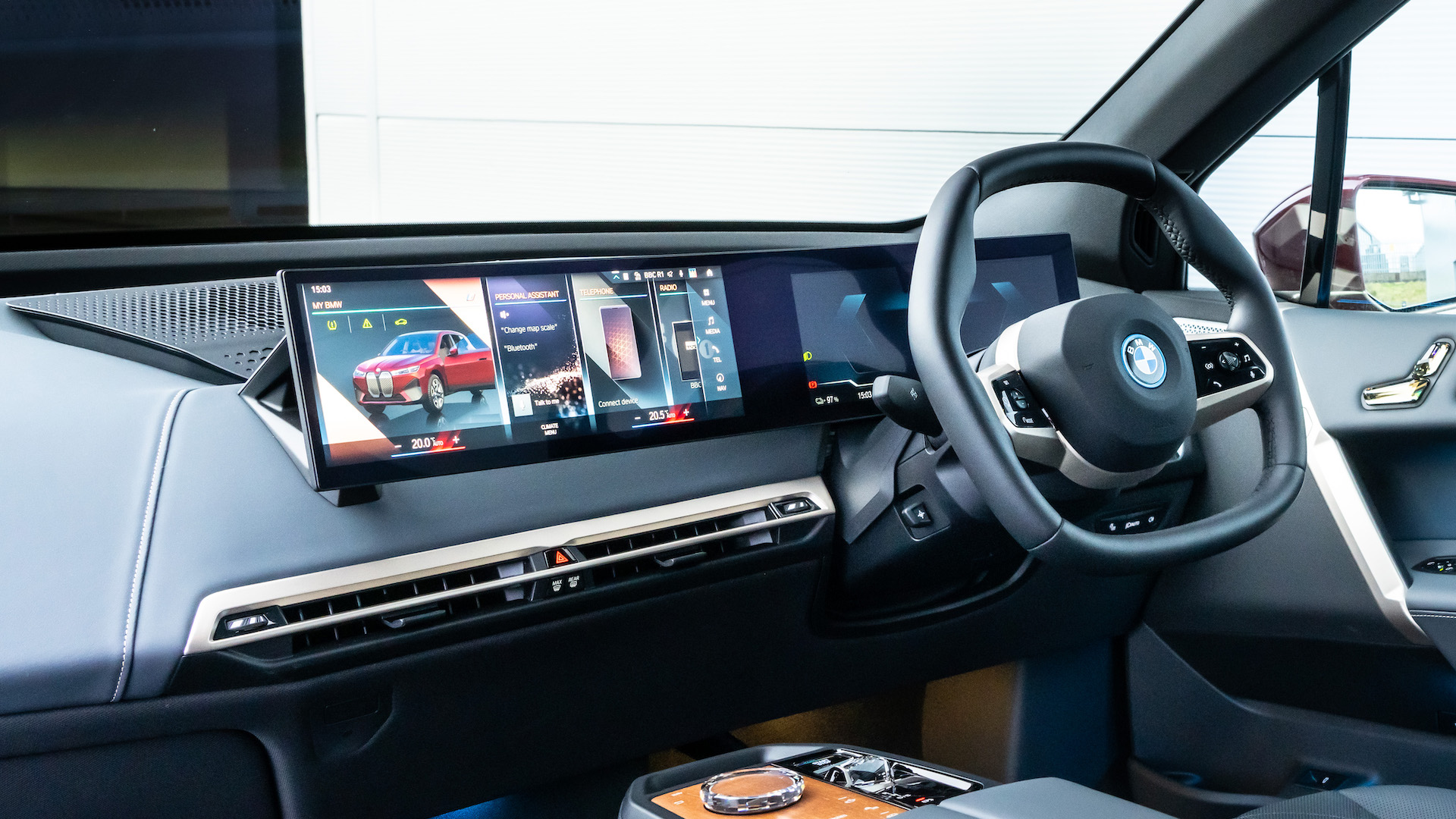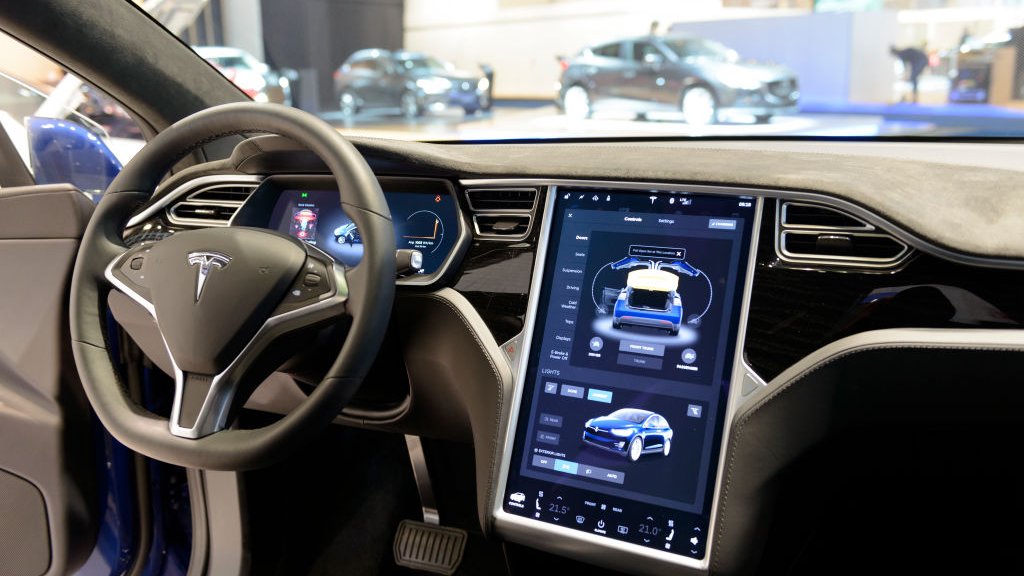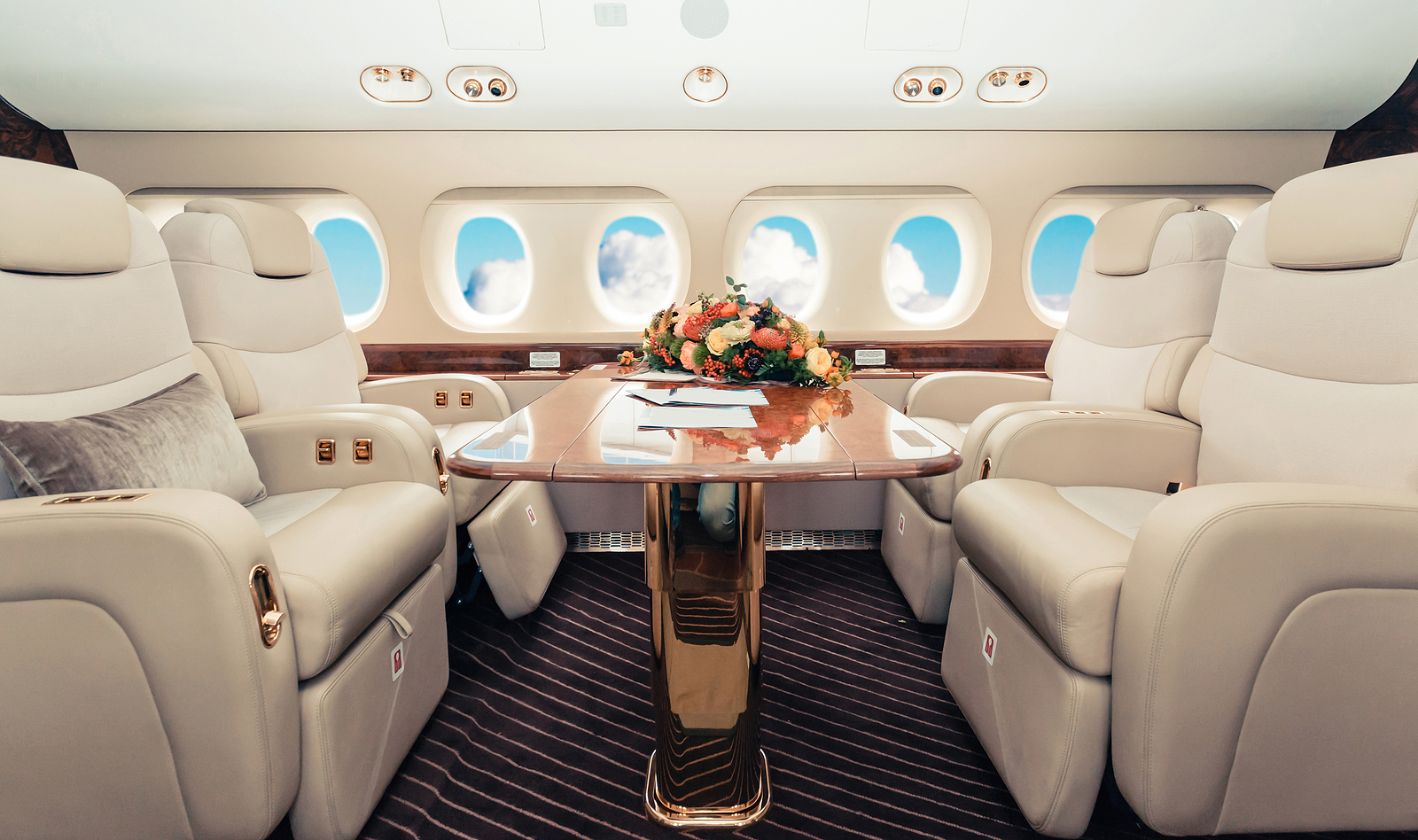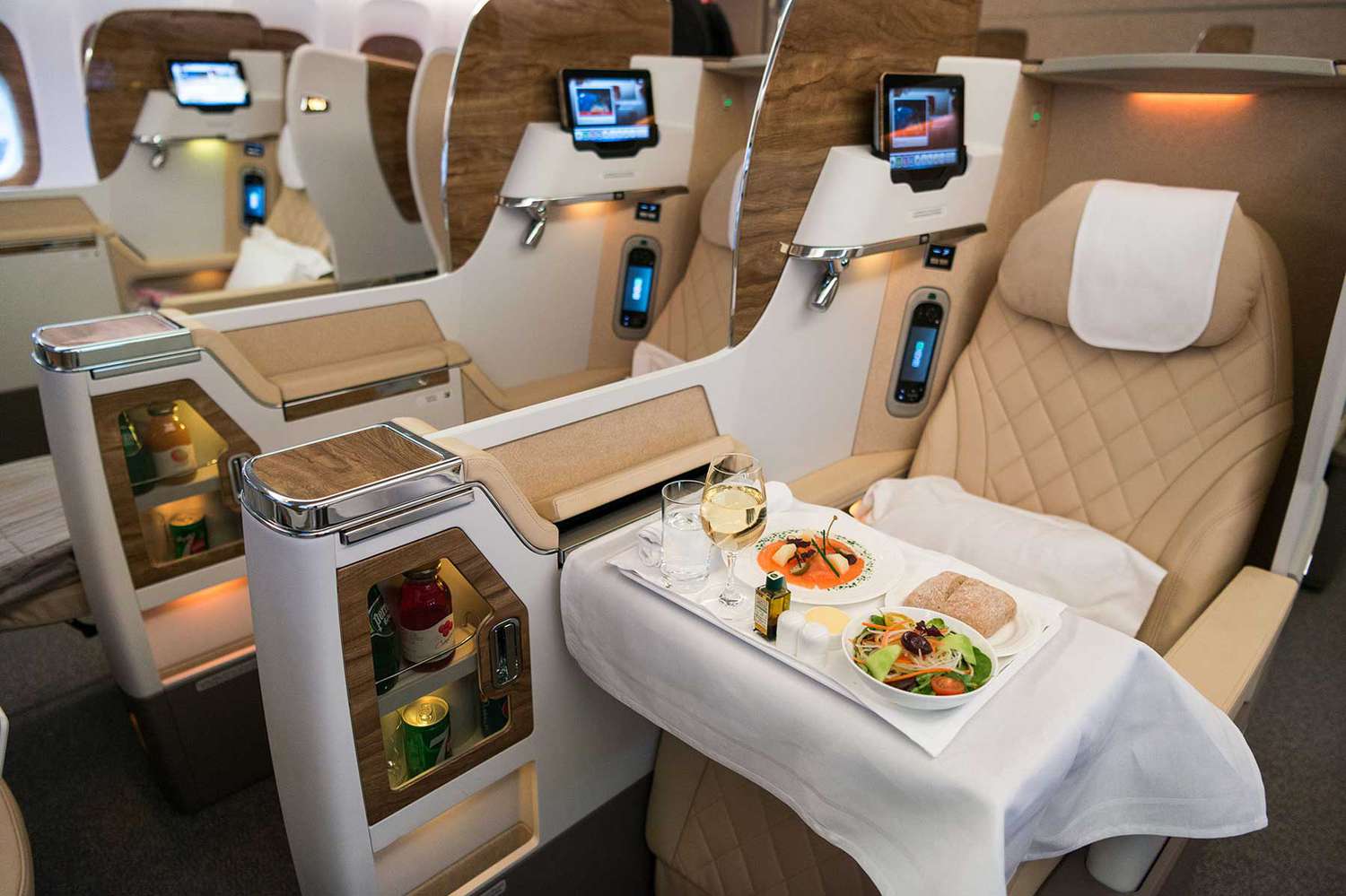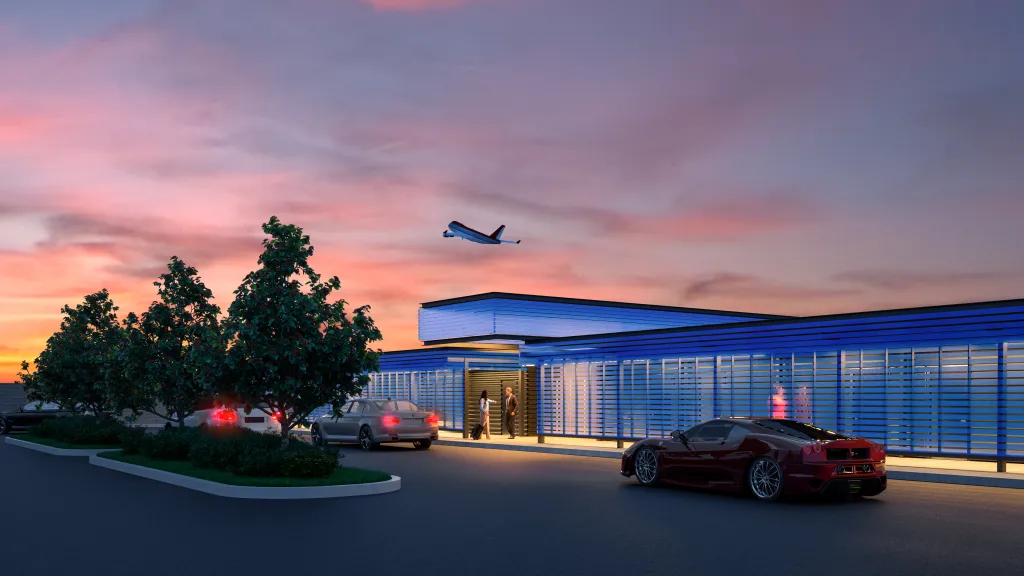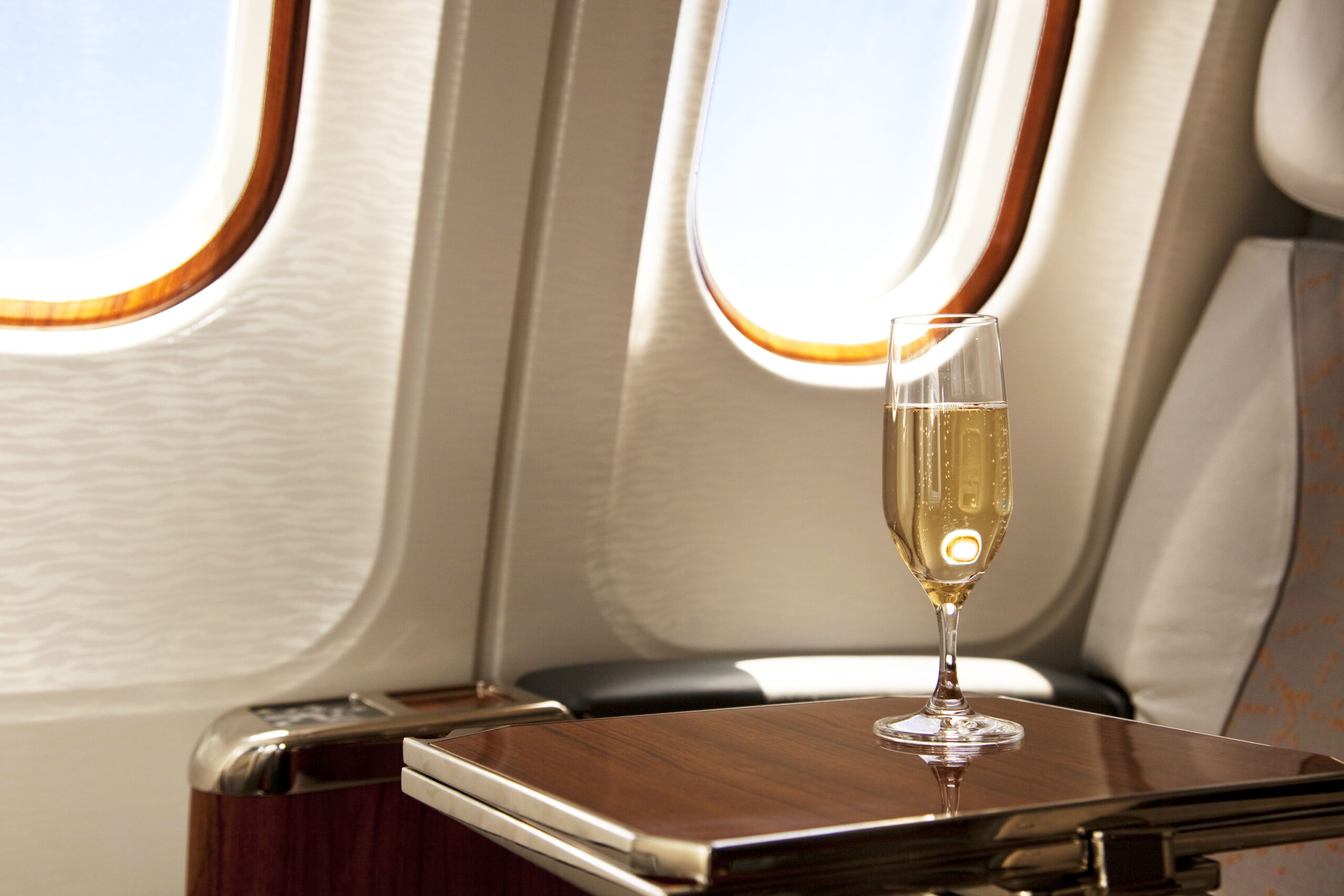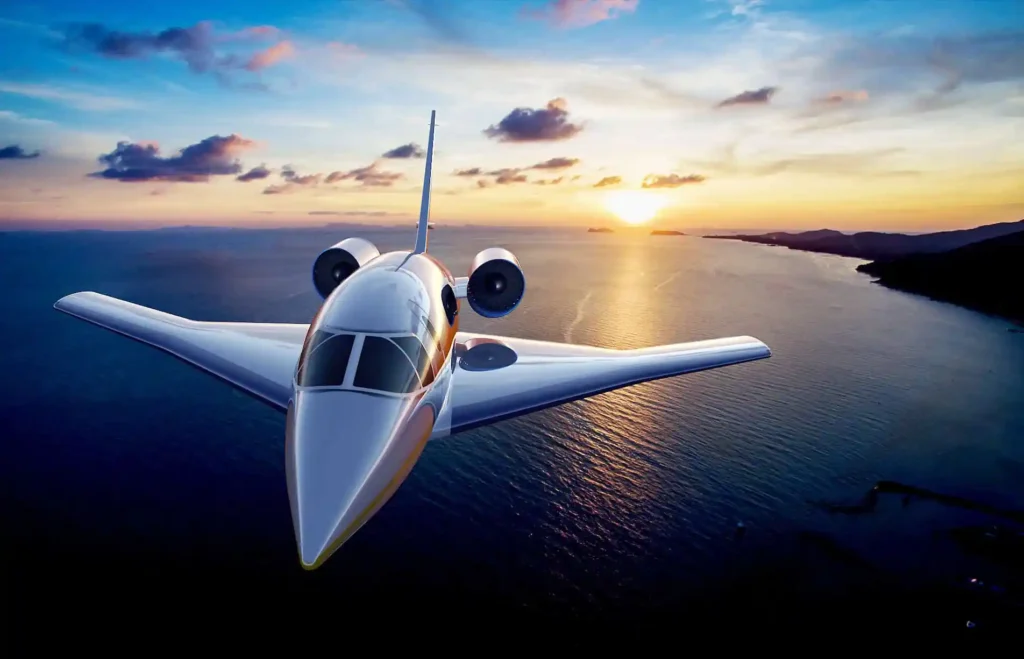
The Concorde may have been grounded in 2003, but the dream of supersonic travel refuses to fade into history’s contrails. In fact, the jet age is roaring back, louder and faster than ever—driven by a cadre of startups and aerospace giants betting billions on a sonic boom renaissance. Boom Supersonic, Aerion, and Spike Aerospace are promising to cut cross-Atlantic flights in half, offering a glimpse of a future where your morning coffee in New York arrives in London’s afternoon tea time.
This revival isn’t just about speed; it’s about reimagining what flying can be. The supersonic comeback is fueled by technological leaps that Concorde could only dream of—carbon composite airframes for lightness, next-generation engines designed to reduce noise, and aerodynamic shapes optimized for fuel efficiency and minimal sonic impact. Unlike the Concorde’s thunderous boom that fractured glass and tempers, new models hope to produce a “quiet supersonic” experience, though skeptics remain unconvinced.
Yet, there’s a cultural and environmental reckoning to face. Supersonic jets consume far more fuel per passenger than subsonic aircraft, raising questions about their sustainability in an era of climate anxiety. Manufacturers are scrambling to incorporate sustainable aviation fuels (SAFs) and carbon offset programs, but critics argue these are band-aids on a supersonic-sized wound. Still, the allure of cutting flying times to mere hours is compelling enough for wealthy travelers and business magnates to keep pushing ahead.
Regulatory hurdles also loom large. Governments have long banned supersonic flights over populated areas due to noise pollution concerns. Unless these new jets can truly silence their sonic booms, routes will remain limited to oceanic corridors, slightly limiting their commercial appeal. But for the ultra-private jet market, the restrictions might be less daunting—fewer passengers, bespoke itineraries, and willing clientele who prize speed above all else.
In the end, the supersonic revival represents more than just faster planes—it’s a bold statement about human ambition and the constant hunger to shrink the world. The question is whether the future of flight will be a triumphant leap forward or just a nostalgic echo of a dream too expensive, too loud, and too fast for its time. Either way, the race is on—and the sky is about to get a lot noisier.












